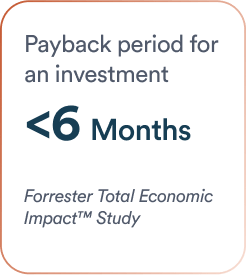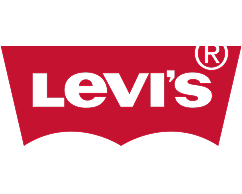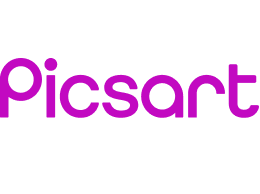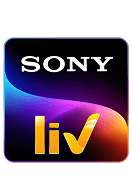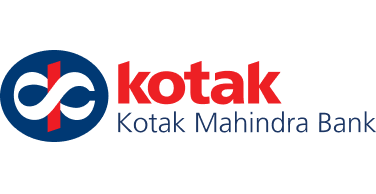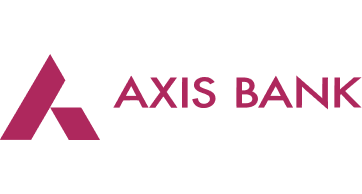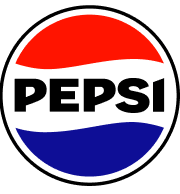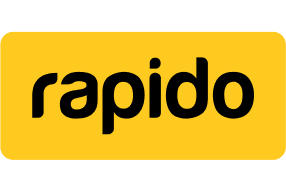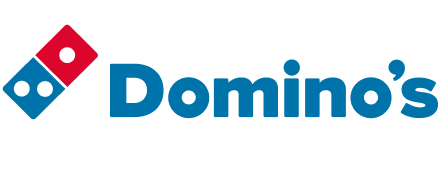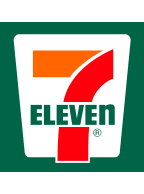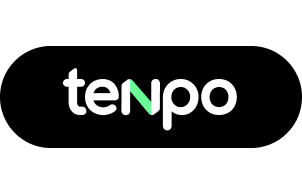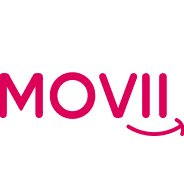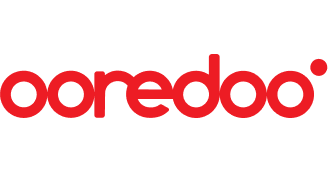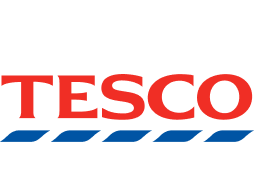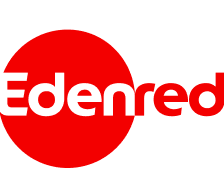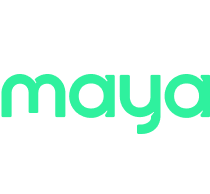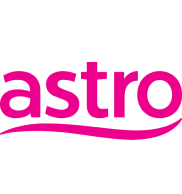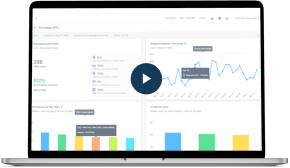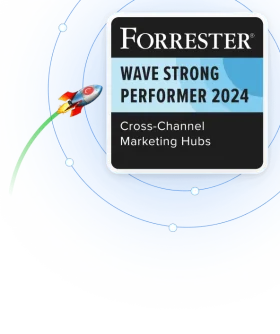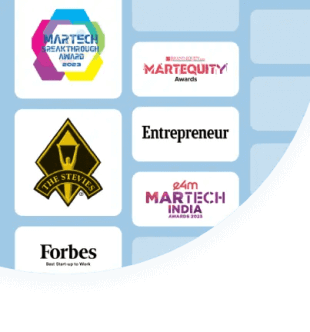Today’s consumers expect brands to meet them where they spend most of their time—on their mobile devices. Whether a customer is checking an order status, asking a question about a product, or responding to a promotional campaign, they often prefer interacting over a messaging channel rather than email or a browser. Additionally, there is a strong preference for a frictionless experience during this without having to jump across different channels. Enabling this, two platforms have risen to the top of business messaging: WhatsApp, and now RCS (Rich Communication Services). We can’t talk about Whatsapp & RCS in the context of business messaging without SMS. Here’s a quick look at what each platform brings to business messaging:
- SMS has been a mainstay for decades, prized for its easy functionality, reliability and universal reach.
- WhatsApp quickly became a global favorite by offering rich, dynamic, and interactive features and an enormous world-wide user base.
- RCS is the evolving challenger that adds app-like interactivity to the default messaging inbox.
Rather than viewing these three channels as competitors where only one can dominate, savvy businesses recognize that each has unique strengths and use cases. In fact, a well-rounded messaging strategy often involves all three—leveraging their individual benefits to meet diverse customer needs. This article looks at the key differences and explores how an omnichannel approach can help businesses maximize engagement and satisfaction.
Understanding the Three Business Messaging Channels
SMS: The Veteran
SMS is a global standard for text messaging. Its simplicity and reach are unmatched—every phone that can receive a GSM signal can receive an SMS, regardless of whether it’s a smartphone or a basic feature phone.
Where SMS Shines
- Universal Compatibility: Ideal for emergency alerts, OTPs (One-Time Passwords), and time-sensitive notifications.
- High Open Rates: People tend to read text messages almost immediately, making it perfect for critical updates.
- High Deliverability: SMS is guaranteed to be delivered regardless of device sophistication (smart/budget phone).
Limitations
- No Rich Media: You can include links, but embedded images or buttons are not natively supported.
- Strict Character Limits: Longer messages may split into multiple parts.
- Basic Interaction: Typically one-way or very simple two-way exchanges.
WhatsApp: The Global Powerhouse
Owned by Meta, WhatsApp has over two billion users worldwide, making it one of the most popular messaging apps. Businesses can use the WhatsApp Business API to automate responses, send interactive templates, and provide personalized support.
Where WhatsApp Shines
- Rich Media & Catalogs – Supports sending rich media like images, videos, carousels, and GIFs. The WhatsApp Business Catalog lets businesses showcase products, enabling seamless browsing and purchases within the chat.
- Advanced Analytics – WhatsApp Business API provides metrics like delivery rates, read receipts, and response times, helping businesses optimize engagement strategies.
- API for Automation & Scalability – Enables chatbots, quick replies, and CRM integration for scalable and efficient customer communication.
- Branding & Professional Business Profiles – Businesses can create a verified profile with company details, enhancing credibility and trust.
- End-to-End Encryption & Security – End-to-end encryption ensures private and secure communication, making WhatsApp ideal for sensitive interactions.
Limitations
- App & Internet Dependency – WhatsApp requires users to have the app installed and an active internet connection, limiting accessibility in areas with low connectivity.
- Template Restrictions – Businesses using the WhatsApp Business API must adhere to pre-approved message templates for outbound communication, restricting flexibility in outreach.
- Cost Considerations – As per WhatsApp Business’ new pricing update, promotional messaging will be charged per message, making large-scale messaging more expensive.
- Limited Broadcast Messaging – Unlike SMS or RCS, WhatsApp does not allow unrestricted bulk messaging. Businesses can only broadcast messages to users who have opted in, and there are limits on how frequently they can send these messages.
RCS: The Rising Challenger
Rich Communication Services (RCS) is the next evolution of SMS. RCS brings interactive, app-like features to the native messaging client on Android devices, so users don’t need a separate app if their carrier and device supports RCS.
Where RCS Shines
- Rich Media & Interactive Messaging – RCS supports rich media like images, videos, GIFs, carousels, allowing businesses to create app-like experiences within the default messaging app.
- Native Android Integration – RCS is built directly into the native messaging app on Android devices, eliminating the need for additional downloads while offering a seamless user experience.
- Advanced Analytics & Insights – Businesses can track message delivery, read receipts, engagement metrics, and click-through rates, providing deeper visibility into customer interactions compared to traditional SMS.
- Cross-Application Connectivity – RCS is evolving to enable integration across different apps and services, such as linking with Google Search, Google Ads, and AI-powered chatbots, making it easier for customers to start conversations with businesses from multiple entry points.
- Limitations:
Carrier & Google Control – The RCS business messaging ecosystem is managed by mobile carriers and platforms like Google, leading to inconsistencies in implementation, availability, and feature support across regions. - No Direct Control Over Delivery & Routing – RCS messaging relies on telecom providers rather than a direct business-controlled network, meaning businesses have limited control over delivery speeds, routing, and potential message failures compared to email or WhatsApp.
Use Cases: Where Each Channel Excels
Each messaging channel has distinct strengths, making them better suited for specific use cases. The table below assigns a score from 1 to 3
– 3 indicates the best fit for that use case
– 2 represents a viable option with some limitations
– 1 suggests it is less suited but may still be used as a fallback.
This comparison helps businesses determine the ideal channel for various customer engagement needs.
| Use Case | SMS | RCS | |
| Time-Sensitive Alerts & OTPs | 3 | 2 | 2 |
| High Engagement Marketing Campaigns | 1.5 | 3 | 3 |
| Customer Support & Service | 1 | 3 | 3 |
| Transaction Updates & Confirmation | 3 | 2 | 2 |
| AI-Enhanced Experiences | 1 | 3 | 3 |
| Encrypted Communication | 1 | 3 | 2 |
| Analytics | 1 | 3 | 2 |
| Costing | 3 | 2 | 3 |
| Cross-Application Connectivity | 1 | 2 | 3 |
| iOS Compatibility | 3 | 3 | 2 |
Crafting a Multi-Channel Strategy
A winning approach is seldom about choosing only one channel. Instead, consider leveraging SMS, WhatsApp, and RCS in tandem:
- SMS for Universal Reach
- Use SMS for critical alerts or when dealing with regions or audiences that may not have consistent internet access or use smartphones.
- For example, send OTPs and urgent notifications via SMS to ensure maximum deliverability.
- WhatsApp for Engaged Audiences
- Encourage customers who prefer WhatsApp to opt in for updates.
- Develop rich, personalized campaigns: send product images, promotional videos, or quick-reply buttons to boost click-through rates.
- Close transaction without leaving the app (buy item, book ticket) with payment options within the app.
- RCS for Cutting-Edge Interactions
- AI-driven chatbots streamline customer support, reducing call center load and enabling instant responses.
- Cross-application connectivity allows businesses to engage customers from multiple entry points, such as Google Search, Google Ads, and Maps, making interactions seamless across platforms.
- Carousels and interactive messages provide visually rich product showcases, enhancing the user experience.
- Data and Analytics
- Measure open rates, response times, and conversions across all channels.
- Identify which channel resonates best with specific segments of your audience.
- Continuously optimize messaging strategies based on user engagement patterns.
- Channel Redundancy
- If customers become inactive or unreachable on WhatsApp, businesses can reconnect with them via RCS or SMS, ensuring continued engagement.
- However, for churned users, re-engagement must be approached cautiously. A Customer Engagement Platform (CEP) helps personalize outreach to avoid spam-like messaging and improve reconversion rates.
Conclusion
There’s no one-size-fits-all solution in customer engagement—SMS, WhatsApp, and RCS each serve distinct purposes. Instead of viewing them as competitors, businesses should leverage their strengths to build a seamless omnichannel strategy.
By aligning each channel with the right use case brands can meet customers where they are. As messaging technology evolves, staying agile and open to new opportunities like RCS will be key to gaining a competitive edge.
Success lies in understanding your audience, using the right tool for the job, and adapting to emerging trends—ensuring trust, engagement, and long-term growth in an ever-evolving digital landscape.
Kiran Pius 
Leads Product Launches, Adoption, & Evangelism.Expert in cross-channel marketing strategies & platforms.
Free Customer Engagement Guides
Join our newsletter for actionable tips and proven strategies to grow your business and engage your customers.



